Technology is impacting every domain in our lives and sports are no exception.
There are numerous fields where technologies are impacting our lives through constant advancements.
Even in Sports, using various Data based solutions is helping in creating a more effective and fair game.
We can quantify and calculate games to every minute detail with the help of these technologies making the game more thrilling and entertaining for the audience.
In this blog, I will cover one of the many technologies used in cricket called the Decision Review System (DRS).
What is Decision Review System (DRS)?
As Per the ICC Rules & Regulations,
“The Decision Review System (DRS) is a technology-based process for assisting match officials with their decision-making.”
The Decision Review System uses the various technologies available at hand to review a decision made by an umpire or is requested by an umpire to make a better decision.
The Decision Review System contains two Reviews:
- Umpire Review
- Player Review
Let’s get into when & how these reviews are used!
1. Umpire Review
An Umpire may make a decision to consult the Third Umpire in case of any confusion or uncertainty regarding the decision to be taken.
This is commonly seen during the runouts as the umpires need to assess the decision in a split second.
The third umpire can slow down the match footage which helps them look at the running between the wickets frame by frame and allows them to make an accurate decision.
Sometimes during the game when a fielder catches the ball too close to the ground the Umpire may ask for a review from the third Umpire to make an accurate decision whether the ball hit the ground before being caught by the fielder.
The Similar case can be considered during boundaries when the ball hits the boundary line directly, to make sure if the shot was a 6 or a 4.
However, Umpires can’t use this type of review in case of an LBW.
2. Player Review
The Captain of the fielding team may argue a “Not Out” decision with the umpire and take the DRS review, this would involve the third umpire who would then look at the various technological outputs they have to come up with the final decision.
The same is true for the batsman as they can review an “Out” decision which can only be taken by the batsman on the striker end of the pitch.
Now that you’ve understood the various cases in which the third umpire may use the technologies available to review a decision, let’s dive into How the Decision Review System works.
How does the Decision Review System Work?
The Decision Review System (DRS) uses various Technologies to come up with accurate decisions.
Here are the following technologies and steps used in the Decision Review System:
- Video Replays
- Ball Tracking
- Snick-o-Meter
- Front-foot technology
- Hot Spot
So, let’s get into how these technologies work together to give accurate decisions and make the match more thrilling and exciting for the audience.
1. Video Replays
The Use of high-quality cameras assists in high frames per second recording.
This helps umpires view the frame by frame movement of batsmen which can be crucial in determining run-outs and caught-behind decisions.
This is also helpful in determining the LBW decisions as it enables the umpire to view closely if any contact between the bat and the ball or ball and pad took place.
2. Ball Tracking
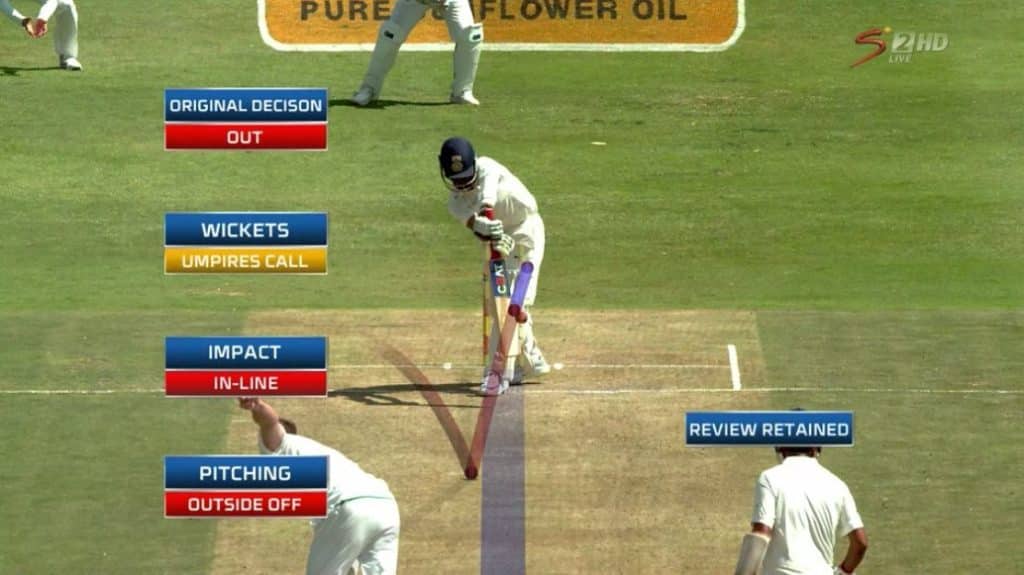
In a Leg Before Wicket delivery, Ball Tracking is used to determine the course of action of the ball.
The frame by frame recording of the delivery is used to project the trajectory of the ball in case no bat was involved.
This helps in determining if the ball would possibly hit the wickets if there was no bat involved and hence helps in giving an accurate decision.
3. Snick-o-meter
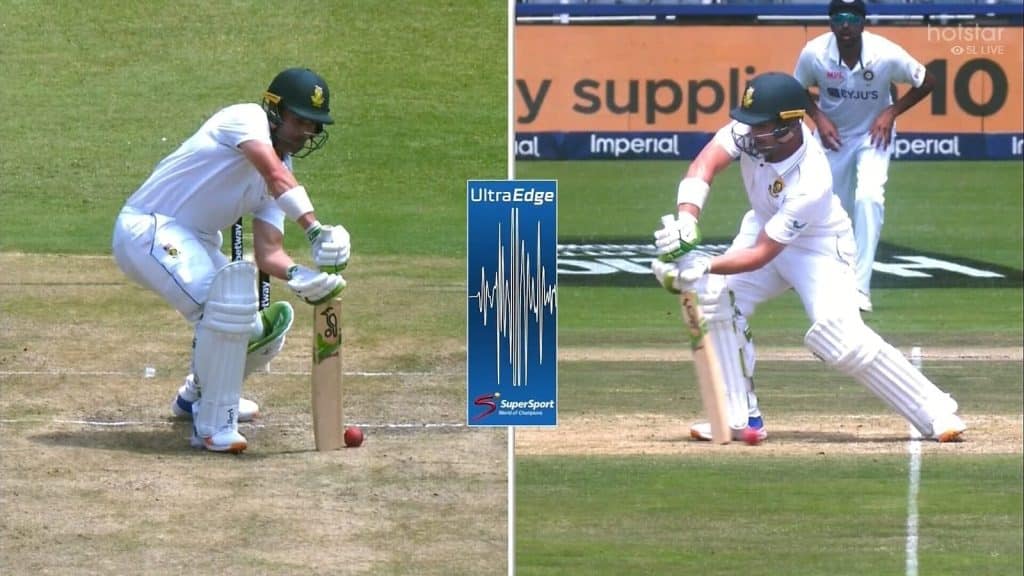
The Snick-o-meter was invented in the 1990s by Allan Plaskett and helps in the graphical representation of sounds to help make better decisions in the game of Cricket.
The Snickometer is a device attached to the wicket and detects sound frequencies.
It is designed to be able to detect frequencies which occur when there is contact between the ball and bat or any part of the player’s body.
This helps the umpire to determine whether any contact with the bat was made which would be helpful in determining both LBW & Caught behind decisions.
4. Front Foot Technology
Front Foot Technology is used to determine if the delivery was fair or was a no ball due to overstepping.
Earlier this wasn’t done for every delivery as the process was slow and time consuming.
However, now the technology is more advanced and this is done for every delivery whenever the Decision Review System (DRS) is used by the team.
5. HotSpot
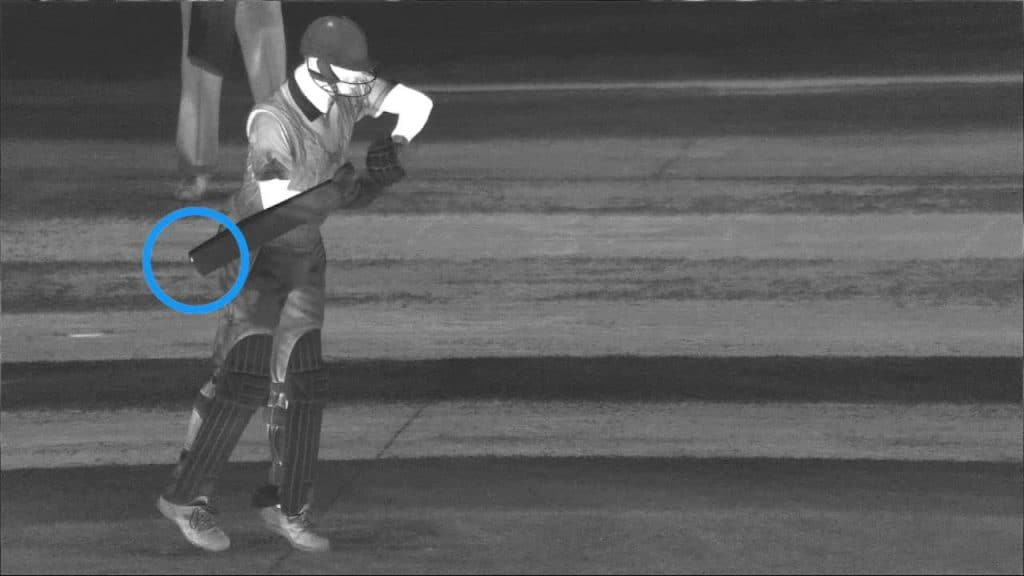
The Hot Spot is an infrared camera that can detect heat on the pitch.
The principle involved with the Hot Spot technology is that there would be heat produced due to the friction between the bat and the ball.
They would appear through the infrared camera and help the umpire decide whether there was any contact made between the ball and the bat.
Conclusion
These are all the technologies that come into play when the DRS is used by a team, this makes the game more exciting for the viewers as they get to view the technicalities behind the game & keeps them on the edge whenever a review is taken.
The game of cricket has changed and is becoming more exciting with the use of various technologies.
It is a game where every wicket is essential and any ball can inevitably change the outcome of the game.
This is one of the reasons why teams only take DRS when necessary and that’s why they’re limited in number to a particular team no matter the format in which they’re playing.
Frequently Asked Questions
1. Who Can Call for DRS in Cricket?
The Decision review system or DRS can be called by the captain of the Fielding team to review the “Not Out” decision given by the on field umpire. The Decision Review System or DRS can also be called by the batsman on the striker end to review the “Out” decision given by the on field umpire.
2. How is HotSpot Used in Cricket?
Hot Spot is a technology that uses infrared cameras to determine whether a contact has been made between the ball and the bat. HotSpot works on the principle of heat produced when there is contact between the bat and the ball due to friction.
3. How is Ultra Edge detected in Cricket?
Ultra Edge is an advanced version of the snick-o-meter, ultra edge determines whether there has been a contact between the bat and the ball by filtering the specific frequency produced when there is a contact between the bat and the ball and filtering out the other noises.
4. How is Ball Tracking used in cricket?
Ball Tracking is used to determine the trajectory of the ball if it didn’t hit the pads, Ball Tracking is done by using the recorded footage of the ball and using the triangulation method to find its expected trajectory.

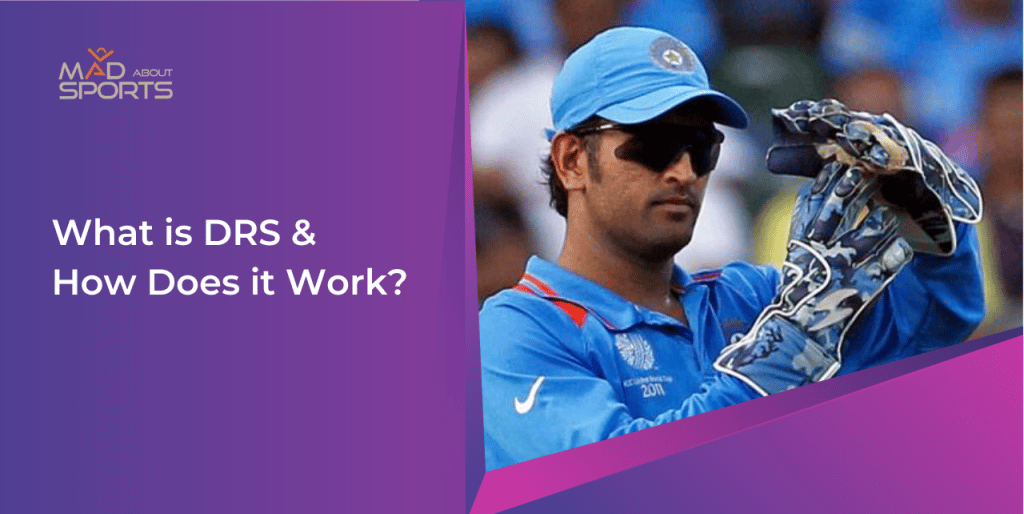
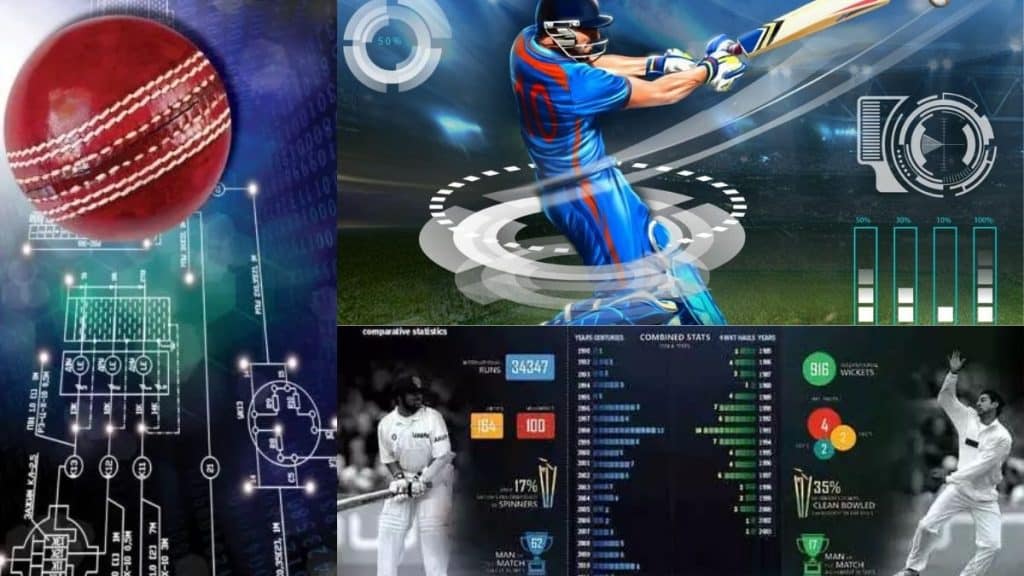
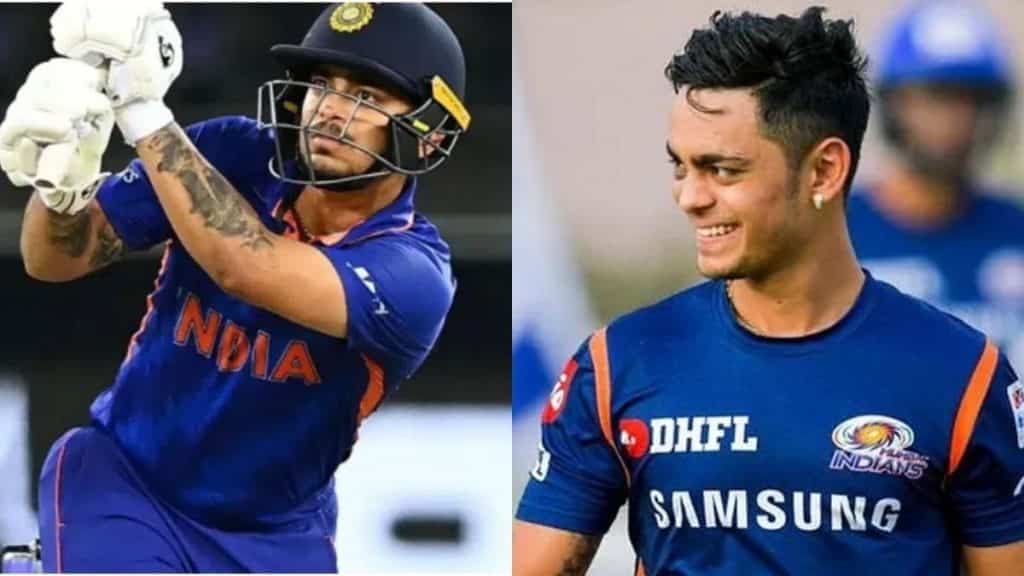
Really Great. I had many doubts about DRS. Now I learn more from your article. Thank you for sharing this. It gives particular instruction and mentorship to underachieving players.